How to clean the filter in the Atlant washing machine?
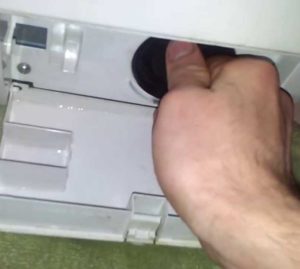 Every washing machine needs regular cleaning, and Atlant is no exception. Particular attention should be paid to filters, which take the brunt of the problem, collecting all the debris that gets into the washer. If you forget about the “trash cans” for a long time, the machine will stop collecting and draining water. It is not difficult to clean the drain pump filter in the Atlant washing machine and the inlet filter mesh. You just need to follow the clear and simple instructions.
Every washing machine needs regular cleaning, and Atlant is no exception. Particular attention should be paid to filters, which take the brunt of the problem, collecting all the debris that gets into the washer. If you forget about the “trash cans” for a long time, the machine will stop collecting and draining water. It is not difficult to clean the drain pump filter in the Atlant washing machine and the inlet filter mesh. You just need to follow the clear and simple instructions.
We act step by step
The Atlant washing machine, like any other machine, has two filters: an inlet mesh and a drain spiral. The first is located in the inlet hose and purifies the water from impurities, rust and sand from the water supply. The second is located in the drainage system and collects debris that gets into the drum along with the items being washed.
If the filter mesh gets dirty for a very long time, it is recommended to clean the drain spiral at least once every three months. The fact is that along with the laundry, hair, lint, threads, as well as coins and hairpins get into the machine, which fall into the tank and settle in the drain system. Over time, the debris becomes larger, the hole becomes clogged and stops letting water through. Fortunately, the “trash can” does not allow this “treasure” to pass further and block the pump or impeller.
Anyone can cope with cleaning the coil, and the procedure itself will take no more than half an hour. The main thing is to remove the filter correctly and do not forget about safety precautions. The instructions are as follows:
- we find a technical hatch located in the lower front part of the hull;
- unhook the beam from the body using a screwdriver or a knife;
- we move the machine away from the wall and tilt it back so that the front legs come off 5-6 cm from the floor;
- We place a container under the filter, for example, a basin (even when the drum is empty, a little water remains in the pipes and tank, which will spill onto the floor when the filter is unscrewed);
- Holding the protruding part, unscrew the filter clockwise.
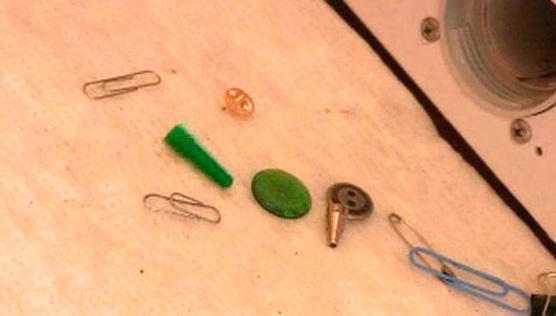
Having removed the filter, we begin to clean it. First, remove large debris by hand, and then rinse the nozzle with soapy water. Don’t forget about the seating area, which is also carefully cleaned of scale and debris. It’s worth not being lazy and paying attention to the pump: shine a flashlight through the hole, remove the wound hair from the impeller, and go over the pump with a clean rag. The filter is returned according to a similar scheme, but in reverse order.
Do not remove the filter immediately after high-temperature washing - the residual water will not have time to cool down and can lead to burns!
After the garbage filter, you can also clean the inlet filter. We unhook the inlet hose from the body, find the filter mesh and remove it with tweezers or pliers. The part is washed under the tap and then returned to its place.
Having completed cleaning the filters, run a test wash. Select the “Rinse” program and observe the behavior of the machine. If there are no problems with filling and draining, then everything was done correctly. If leaks occur, you will have to unscrew the garbage filter again and tighten the fasteners more tightly.
Removing stubborn stains
If the last filter cleaning was carried out a long time ago, then it is not enough to just rinse the nozzles under water. To remove rust or a thick layer of scale, you will have to use “heavy artillery.”The main thing is not to overdo it and choose the right products so as not to spoil the plastic and rubber seals.
For minor plaque, toothpaste and laundry soap will help cope with the problem. It is necessary to apply the product to the spiral and clean thoroughly with a brush. For advanced cases, there is a more effective method: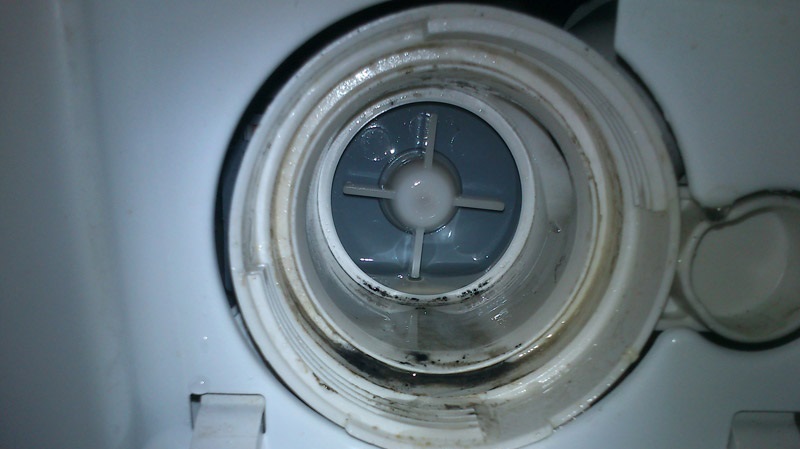
- dilute 20 g of soda and 50 g of citric acid in a liter of warm water;
- lower the filter into the solution for 15-30 minutes;
- take it out, wipe it with a cloth and rinse in cold water.
Do not wash the drainage filter in hot water - at high temperatures the material is deformed!
Instead of home remedies, you can use special store-bought formulations. Some recommend running a high-temperature “idle” cleaning cycle before unscrewing the garbage filter to simplify the task of manually washing the spiral. In any case, it is necessary to monitor the dosage.
Problems removing the filter
But filter removal is not always easy. It is rare, but it happens that foreign objects, hair, coins or hairpins that get into the drain block the part and prevent free twisting. Sometimes the nozzle “sticks” to the body of the washer due to a thick layer of limescale or widespread rust.
If the filter does not unscrew according to the previously described scheme, then you will have to work a little harder. There are three working methods by which you can remove even a tightly stuck spiral. However, it is better to act consistently and start with the most gentle, first one, gradually increasing the pressure.
Before unscrewing the drainage filter, the washing machine must be de-energized and disconnected from the water supply and sewage system!
- Tools.If you can’t unscrew the filter by hand, then try repeating the procedure using pliers. You need to “grab” the protrusion and rotate the nozzle. We increase the pressure gradually so as not to break the spiral.
- Tapping. In cases where the filter does not scroll at all, not all the way, or, having unscrewed, cannot be removed from the hole, you should proceed differently. We tilt the equipment back, lean it against the wall and knock several times with our fist on the drainage cover and next to it. The spiral is probably blocked by a stuck object, which may move after knocking.
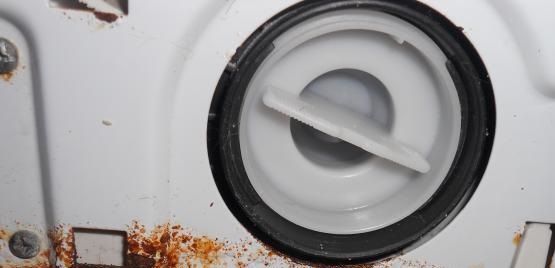
- Path through the pump. If the first two methods do not help, you will have to proceed in the most labor-intensive way - remove the filter from the pump. You need to get to the pump, unhook it from the volute, and push the spiral out through the free hole.
The design of Atlant washing machines allows you to dismantle the pump through the bottom, which greatly simplifies the task. It is enough to turn the machine on its right side, remove the pan and, using a flashlight, find the pump. It is easier to determine its location using the filter, since the part is located directly behind it.
You should only try to remove a stuck filter if you have the desire, strength and experience. For those who are not well versed in technology, it is better not to experiment, but at the first difficulties, contact a service center. Otherwise, you can aggravate the situation and damage the attachments.
Interesting:
Reader comments
- Share your opinion - leave a comment

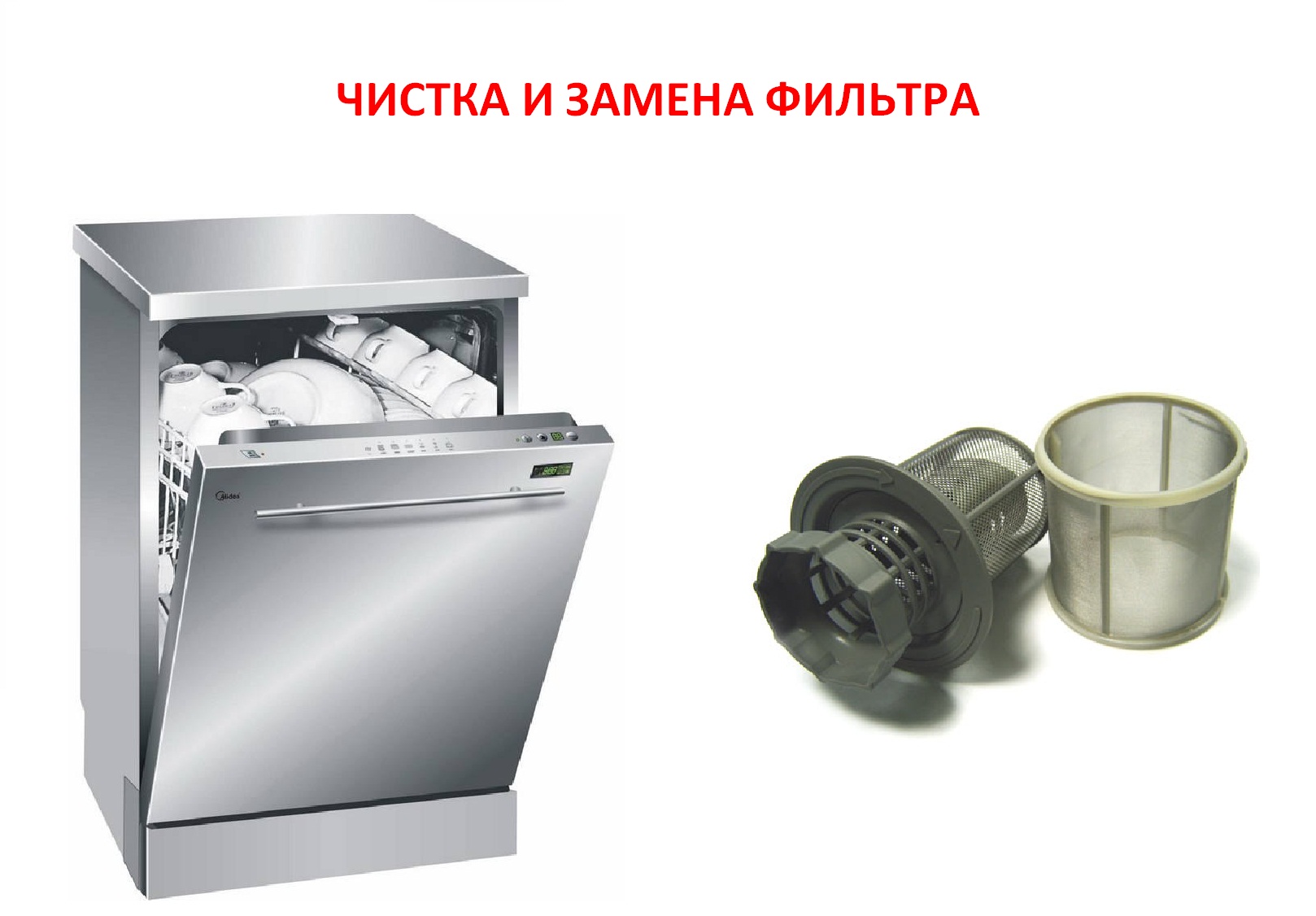
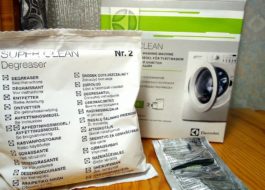
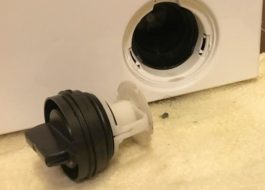
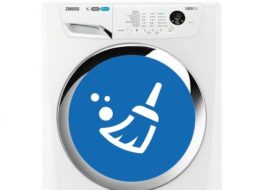
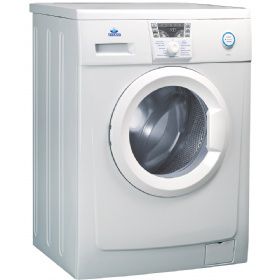
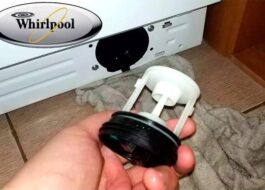














Add a comment